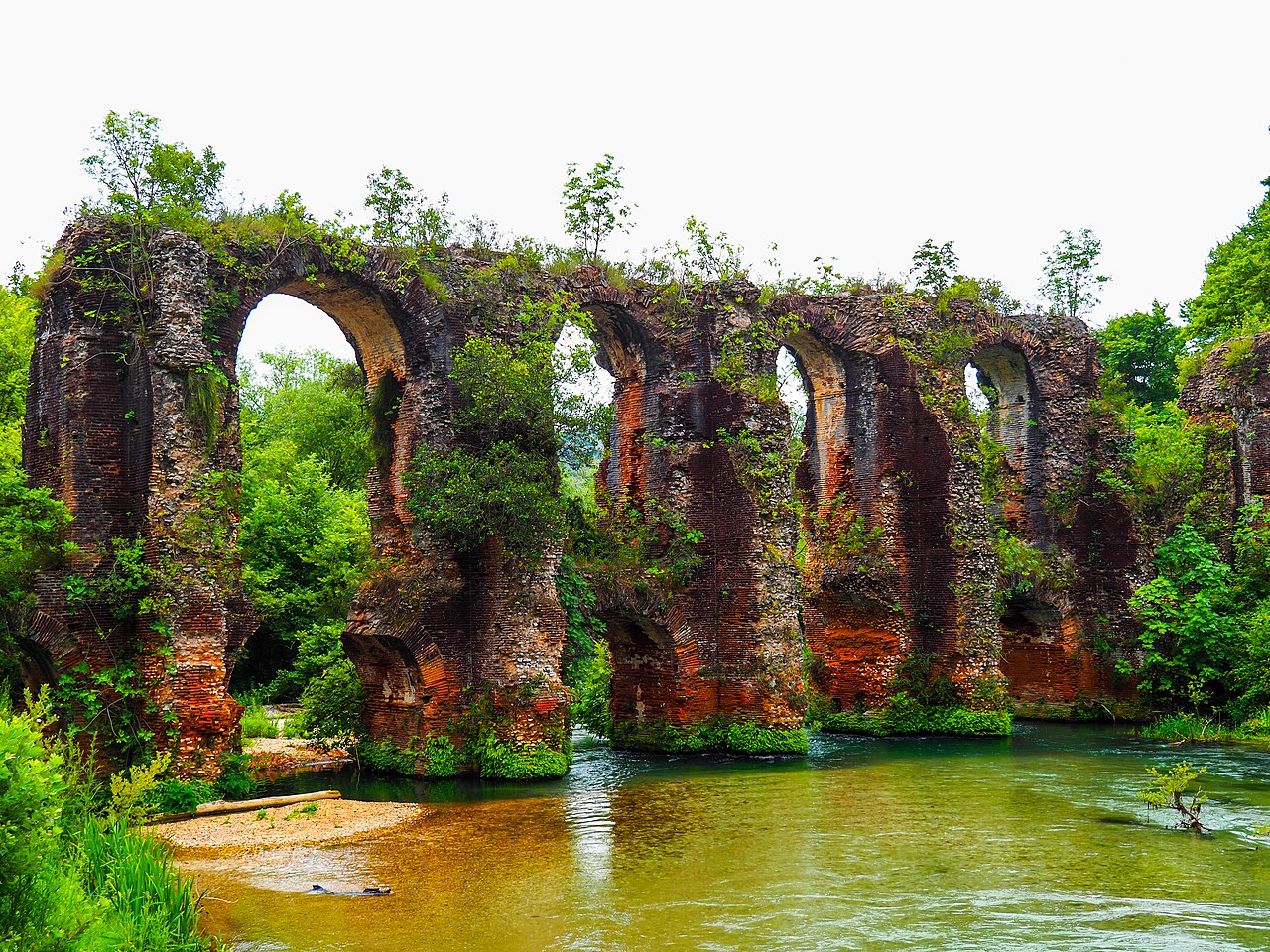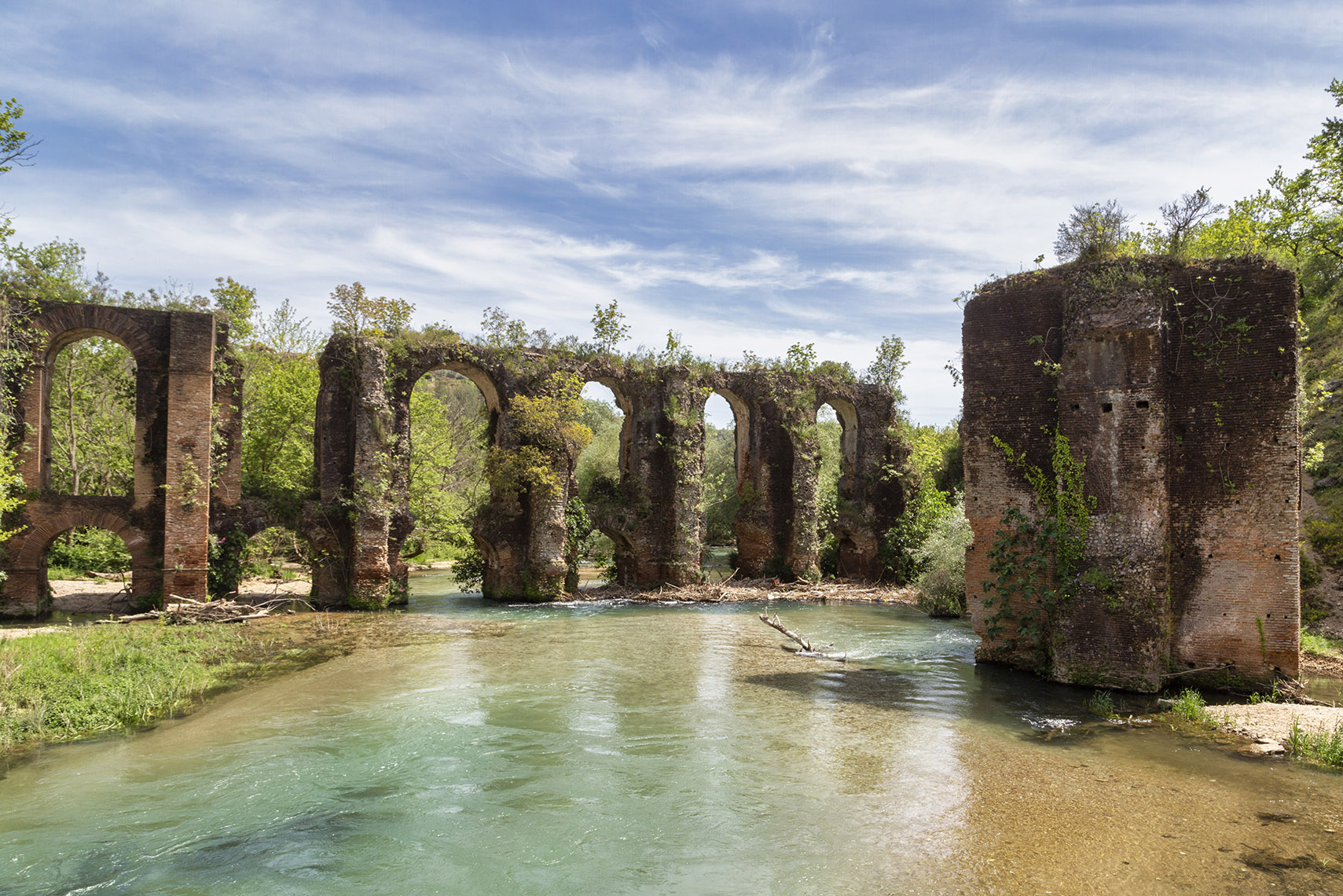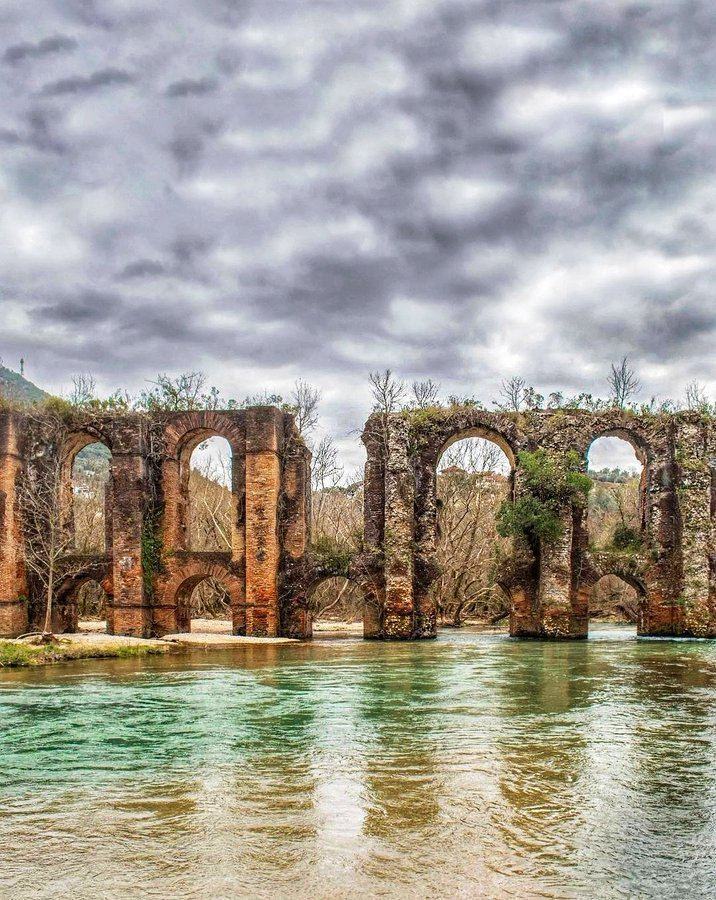Octavian Augustus built the Nicopolis Aqueduct between the late first century BCE and the early first century CE.

The Roman aqueduct of Nicopolis in Epirus stands as a testament to the ingenuity and engineering prowess of the ancient Romans. Constructed during the transition from the end of the 1st century BCE to the beginning of the 1st century CE, this monumental structure remains a marvel of ancient architecture, serving as a vital lifeline for the inhabitants of the region.
Nicopolis, located in the northwestern corner of Greece, was founded by Octavian Augustus, the first Roman emperor, in commemoration of his victory at the Battle of Actium in 31 BCE. As the capital of the Roman province of Epirus, Nicopolis flourished as a bustling urban center, boasting impressive public buildings, temples, and theaters. Yet, perhaps one of its most remarkable achievements was the construction of the aqueduct that supplied the city with fresh water.

The aqueduct of Nicopolis was a monumental feat of engineering, spanning vast distances and traversing challenging terrain to deliver water to the city’s inhabitants. Utilizing the principles of gravity and hydraulic engineering, the aqueduct relied on a network of channels, pipes, and arches to transport water from distant sources to the heart of Nicopolis.
The precise route of the aqueduct varied depending on the topography of the land, but its general trajectory followed a course that maximized the flow of water while minimizing the need for extensive excavation and construction. Along its path, the aqueduct featured impressive stone arches, some of which still stand today as enduring monuments to Roman engineering prowess.

At the heart of the aqueduct system were the water sources themselves, typically located in elevated areas where natural springs or rivers could be tapped to provide a steady supply of water. From these sources, the water was channeled through a series of conduits, aqueducts, and underground pipes before reaching the city of Nicopolis.
The construction of the aqueduct was a monumental undertaking that required careful planning, skilled labor, and substantial resources. Teams of engineers, architects, and laborers worked tirelessly to survey the landscape, design the aqueduct route, and oversee the construction process. Quarries were established to quarry the stone needed for the arches and conduits, while skilled craftsmen sculpted and fitted each stone with precision.

For the inhabitants of Nicopolis, the completion of the aqueduct represented a triumph of civilization over nature, ensuring a reliable supply of clean water for drinking, bathing, and sanitation. The aqueduct not only facilitated the growth and development of the city but also enhanced the quality of life for its residents, enabling Nicopolis to thrive as a vibrant cultural and commercial hub in the heart of the Roman Empire.
Today, the remains of the Roman aqueduct of Nicopolis stand as a poignant reminder of the achievements of the ancient world. Though centuries have passed since its construction, the aqueduct continues to inspire awe and admiration, serving as a testament to the enduring legacy of Roman engineering and innovation. As visitors marvel at its towering arches and intricate stonework, they are transported back in time to an era of monumental ambition and unparalleled craftsmanship, where the power of human ingenuity was harnessed to shape the world around them.











